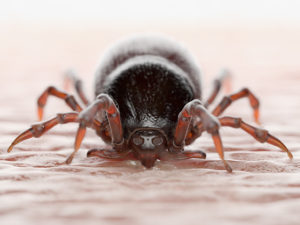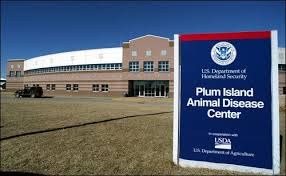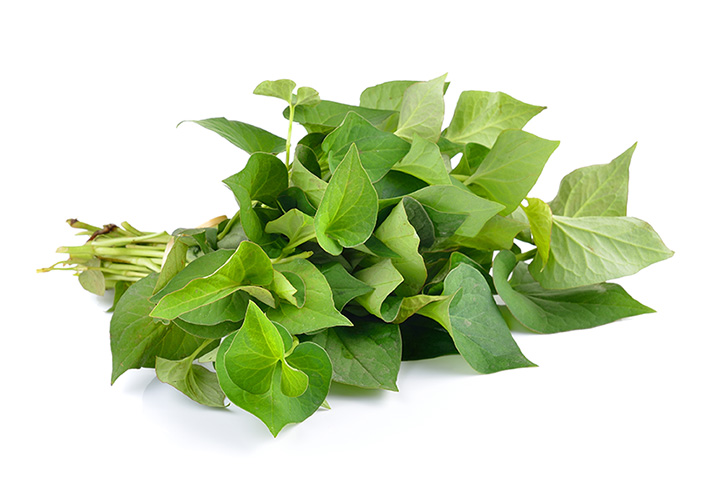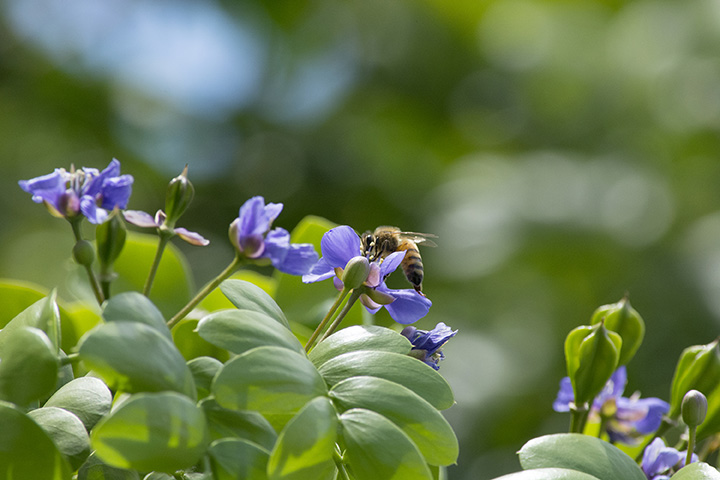
Lyme Disease Study
 Consistent with the mission of the Institute for Invisible Epidemics, a small Lyme disease trial took place in September 2019 in San Miguel de Allende, Mexico.
Consistent with the mission of the Institute for Invisible Epidemics, a small Lyme disease trial took place in September 2019 in San Miguel de Allende, Mexico.
Because it was a trial, not of a single product but rather of an entirely fresh approach, the emphasis was on determining the issues affecting a healthy outcome. To forge understanding around this, a more detailed account as well as follow up will help others to understand the difference between an approach to a health condition and a test of product or protocol.
A number of patients have corresponded with me. While each situation is a little different, a few generalizations are possible. Some of the patients have been ill for more than 40 years. This is not impossible since the diabolical work at Lab 257 on Plum Island commenced in 1952. The activities were officially focused on veterinary bioweapons. At the time of this writing, at least three epidemics have been traced to Lab 257: Dutch duck plague in 1967, Lyme disease in 1975, and West Nile Virus in 1999.
 Lyme disease was officially “discovered” by Willy Burgdorfer in the early 1980s, but new documents have surfaced since Burgdorfer’s death, and the overall picture is actually not clear. Lab 257 was a level 3 bioweapons facility and Burgdorfer worked at a level 4 facility in Montana.
Lyme disease was officially “discovered” by Willy Burgdorfer in the early 1980s, but new documents have surfaced since Burgdorfer’s death, and the overall picture is actually not clear. Lab 257 was a level 3 bioweapons facility and Burgdorfer worked at a level 4 facility in Montana.
Obstacles to Cure
Because of numerous factors, accurate diagnosis remains to this day quite difficult and the numerous co-infections add to the complexity and suffering of those infected. Though it would be a stretch to claim to know all the details, it is clear that there is a disease that has spread rapidly and impacted both animals and humans. Infected individuals do not have identical symptoms nor is the severity of the infection equal. My intention is to address the obstacles to cure so that those whose responses to various therapies have been unsuccessful might wage a more effective resistance to the disease and its co-infections.
So, we will start with explorations of the factors that may be comprising the efficiency of the immune system and initiate some detoxification and regenerative measures. To make this clear, we will check for exposure to fungi, both yeast and mold; to toxic metals and radioactive materials; sensitivity to electromagnetic frequencies; parasitization with both microscopic and macroscopic organisms; and possible impacts of exogenous hormones or hormone disruptors. Life style issues will also be checked for issues such as diet, exercise, cell phone use, proximity to Wi-Fi towers and routers, travel, and outdoor activities such as hiking and camping. The health of other family members and pets will also be explored so that the context of the disease is as clear as the symptoms that patients have.
All prior treatments will be explored so that the success and failure of each is noted and then an effort will be made to set the patient onto a safer trajectory.
The first trial was intended to be casual, meaning a small group of motivated patients met and shared experiences. Herbs were introduced on a highly individualistic basis, not a one size fits all but each recommendation was specific to that particular patient and the patient’s needs.
The patients were to be charged only for actual expenses incurred: housing, meals, and herbs. No professional services were billed. No effort was made to recover the costs of equipment used such as testing and sterilization equipment. In short, the costs for the patients were kept as low as possible so that those who have almost given up hope had a chance for an entirely different approach that may possibly be more successful.
Background
Some of the issues relating to the obstacles to cure have been mentioned in posts to my subscribers. The pattern that has emerged among those providing background information about their Lyme infection is that many had multiple complex exposures to everything from nuclear radiation to household mold. People often moved from one place to another without addressing the consequences of various compromising conditions. When diagnosed with anemia or low white blood count or countless other abnormal laboratory results, neither causes nor corrections were sought.
Using darkfield microscopy, I have generally been able to see what is not functioning properly and why. Then, of course, I try to correct the problems through diet and herbs, and this is generally successful. Certain issues will recur unless there are life style changes which is why the approach has been both corrective and educational.
In Ayurveda, there is a system of tissue types called dhatus that must be regenerated in a sequence starting with the plasma and then blood cells. These are followed by muscles, adipose tissue, bones and teeth, nerves and something called ojas for which there is no English word. It refers to a substance that is so subtle and potent that it can be used to promote longevity. Each dhatu rests on the one before it so we begin with plasma and can actually expect improvements with minutes. This is cogent argument in favor of fasting, usually with juice, as well as for perfect nutrition to the extent possible. It is also, of course, the basis of understanding the importance of detoxification from the specific exposures causing the most distress to the individual patient.
This is why all programs must be customized. Yes, an intelligent patient who studies the available literature and who applies the knowledge to himself or herself can improve without external monitoring, but there are tangible ways to measure progress that also inspire patients to continue making improvements in their nutrition and life style choices.
Examples of the types of obstacles to cure that were addressed are parasitic infections, yeast and mold exposures, toxic metals such as mercury and aluminum deposits, free radical issues, and reliance on substances that interfere with the proper functioning of the body.
Future Studies and How to Participate
Anyone who is suffering from Lyme disease should start by providing a brief history of the original symptoms and presumed date of exposure along with an overview of treatments tried. Please keep this to about three paragraphs. The patient must be able to travel, in possession of a valid passport, and able to contribute towards accommodations, meals, and herbal supplements. The next study is slated for January 2020. For more information, click on this link.
Though the patients were not charged for professional services provided during the small study in September, future studies will include some fees since we do not have the patronage to cover the costs. All donations received have been used for equipment and operating costs. To see ways in which you help, click here!
If unable to travel, people can subscribe to my e-list where results of the studies will be reported.
Ingrid Naiman
Originally posted 28 July 2019
Updated 21 October 2019
Updated 11 December 2019
Privacy Policy || Report Technical Problems || Permission to Quote || Job Opportunities
Copyright Dr. Ingrid Naiman @ 2014-2020. All Rights Reserved.
For permission to quote, please contact the Institute for Invisible Epidemics.
Poulsbo, Washington, USA.



